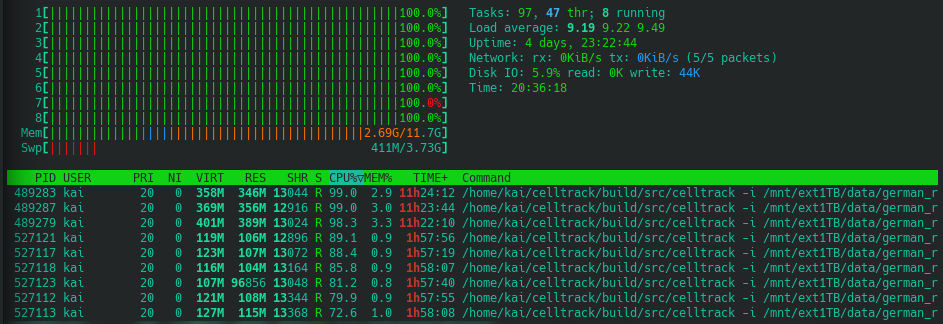In my previous analysis of the event catalog of precipitation events in Germany, I used all available events. And, I already pointed out that the results might be influenced by the type of precipitation event. In this article, I will create a data set that allows us to distinguish between convective and stratiform precipitation events.
This post is part of the germanRADARanalysis project.
Continue reading “A gridded data set of precipitation types for Germany”


